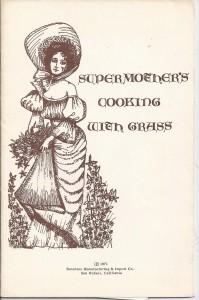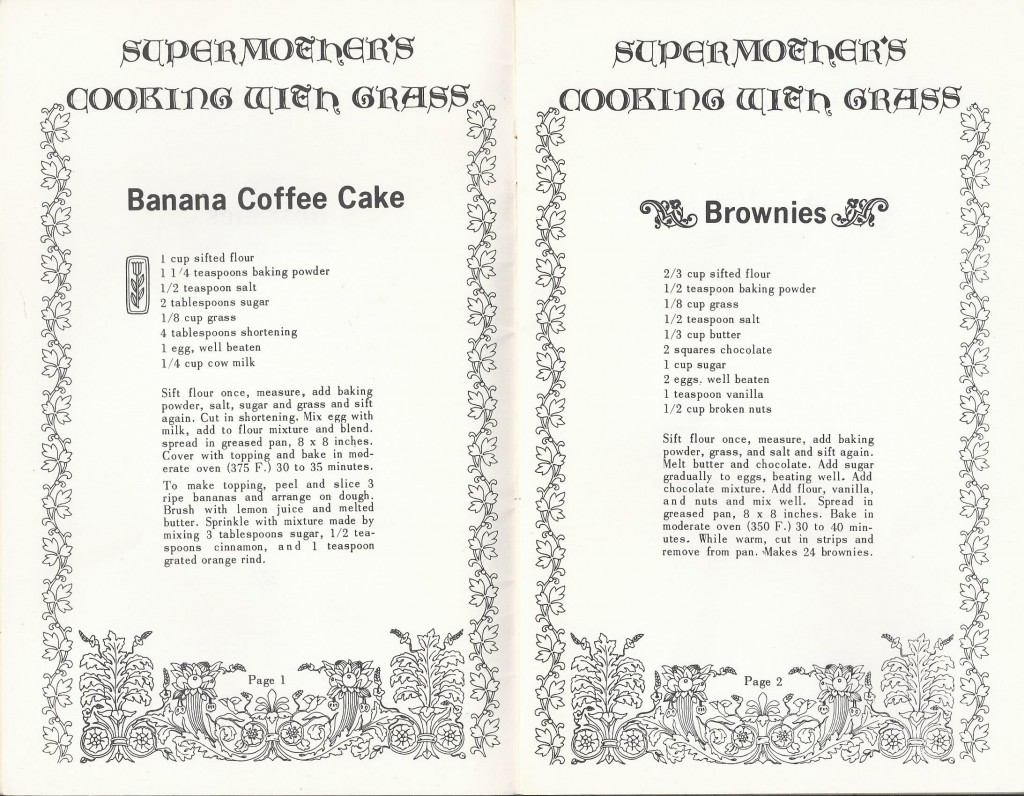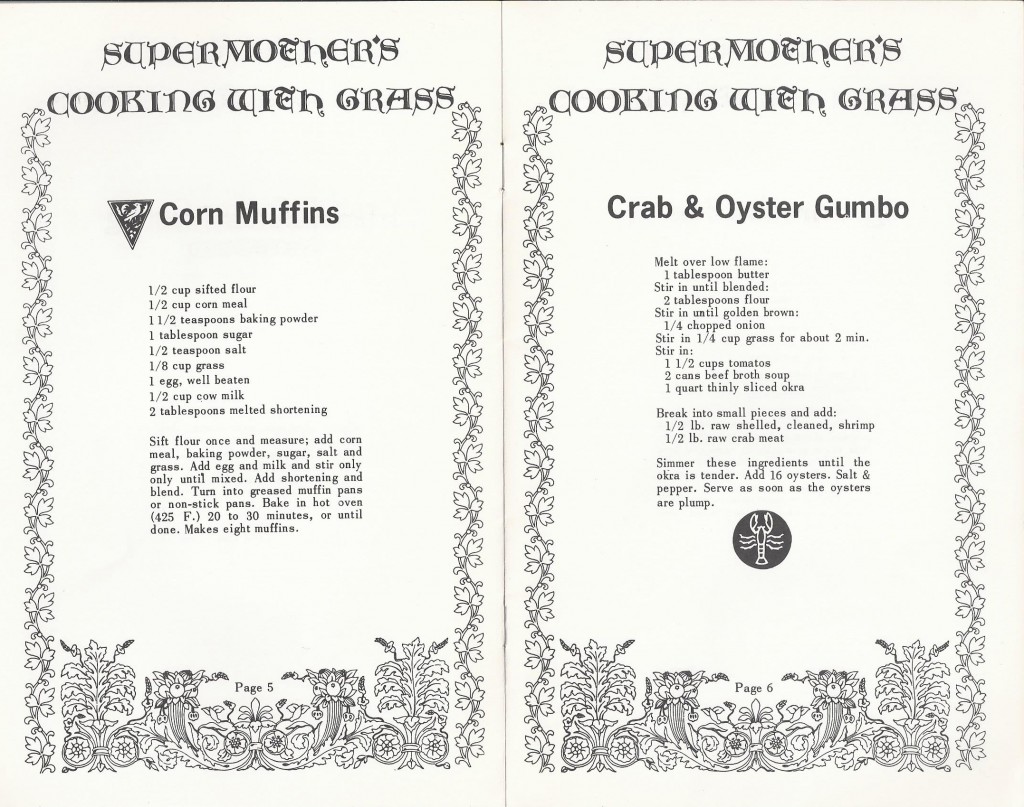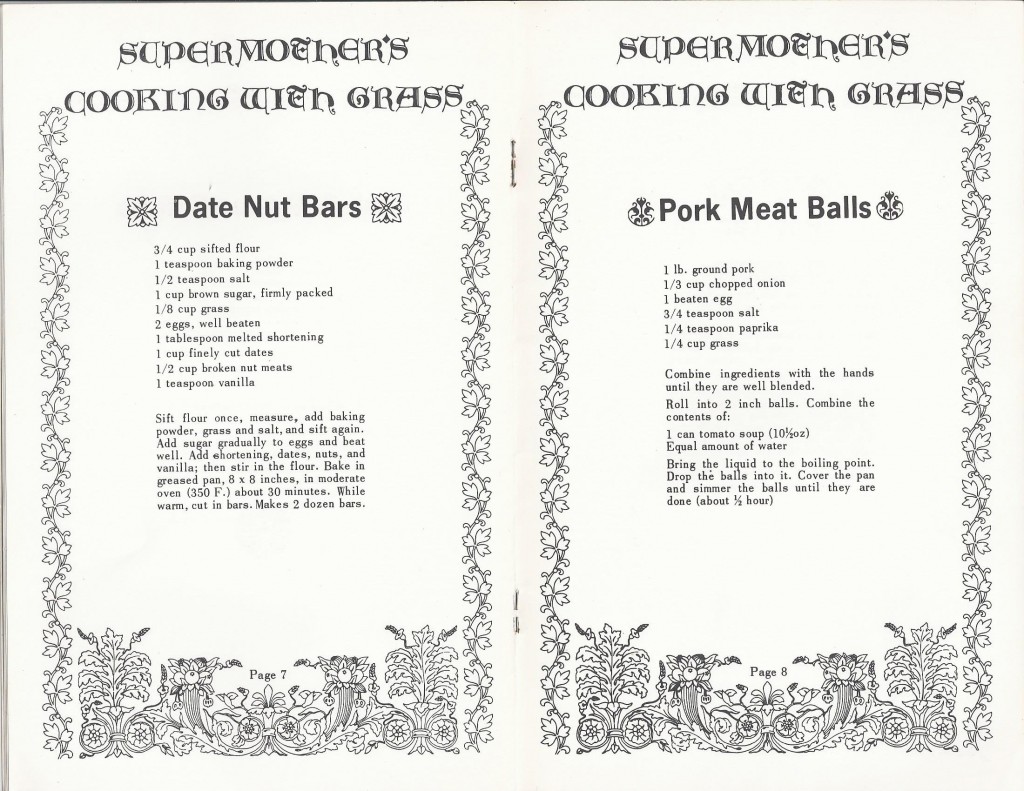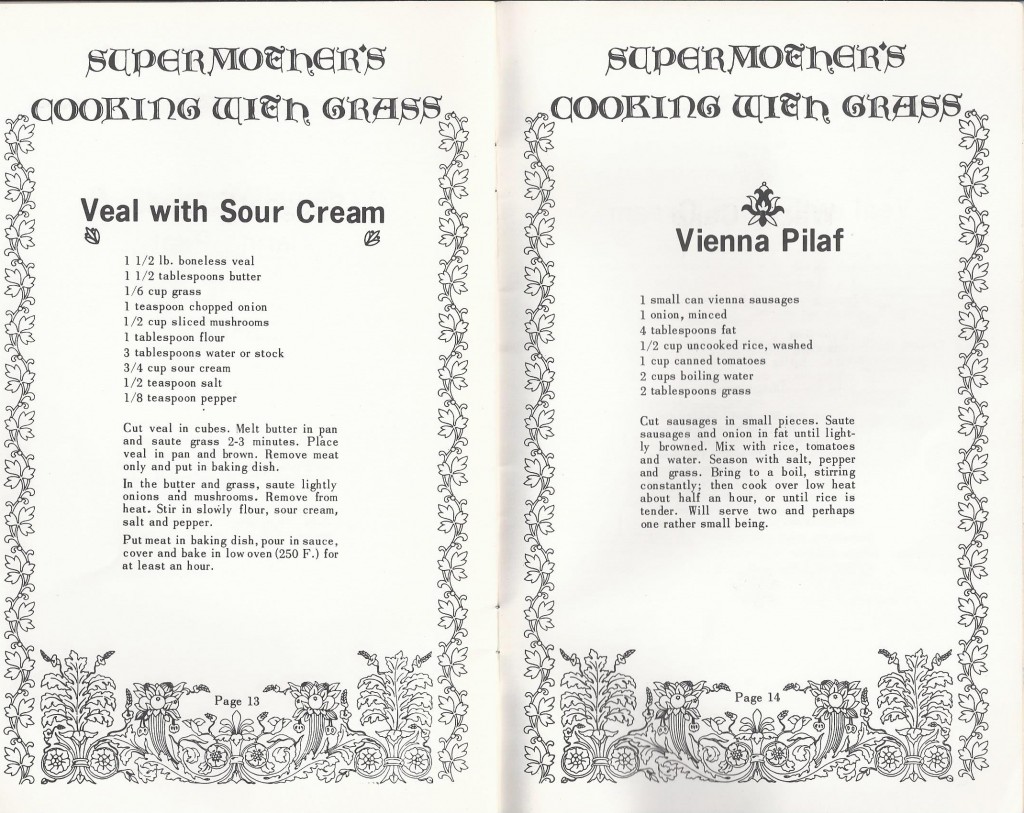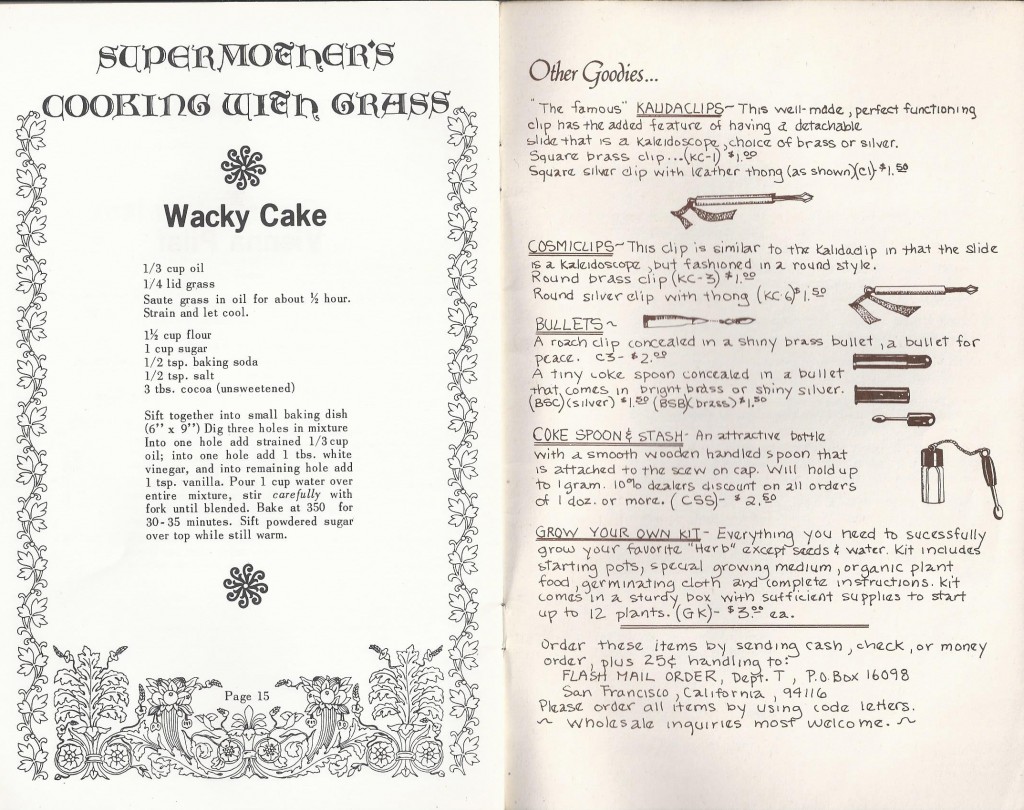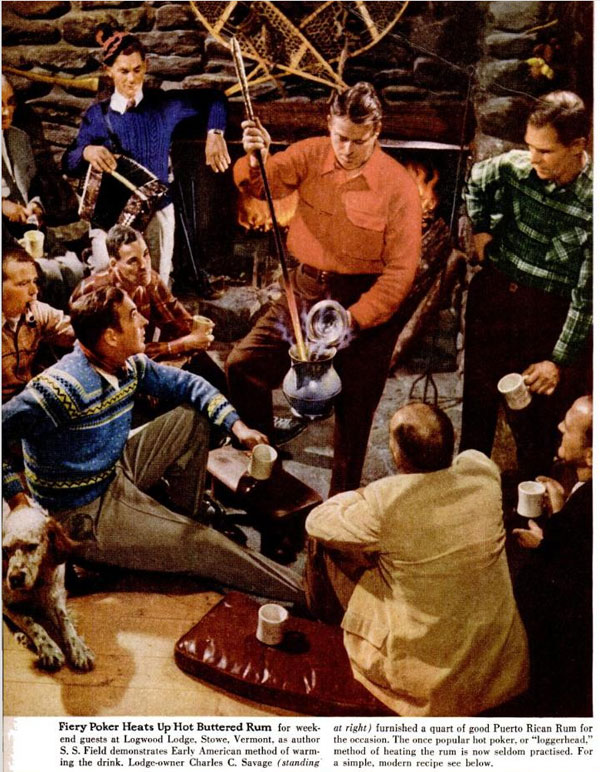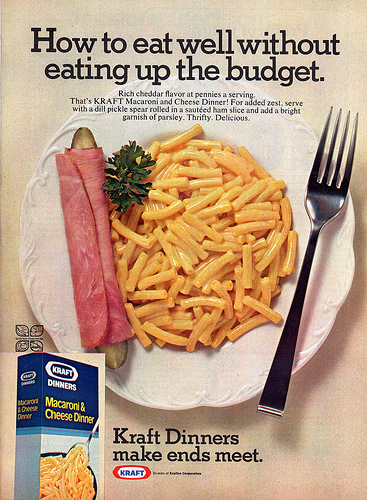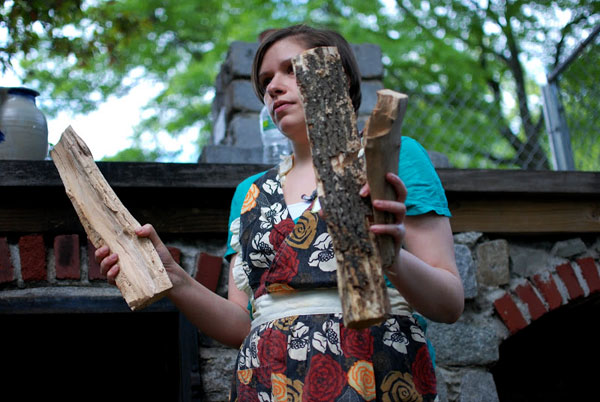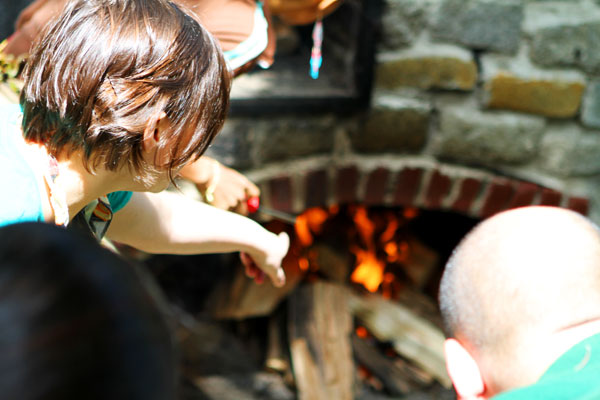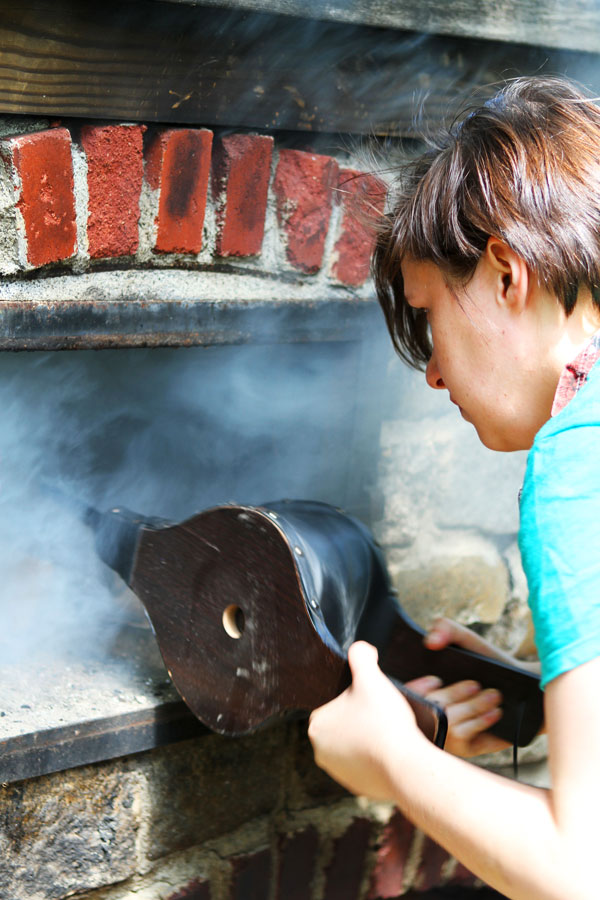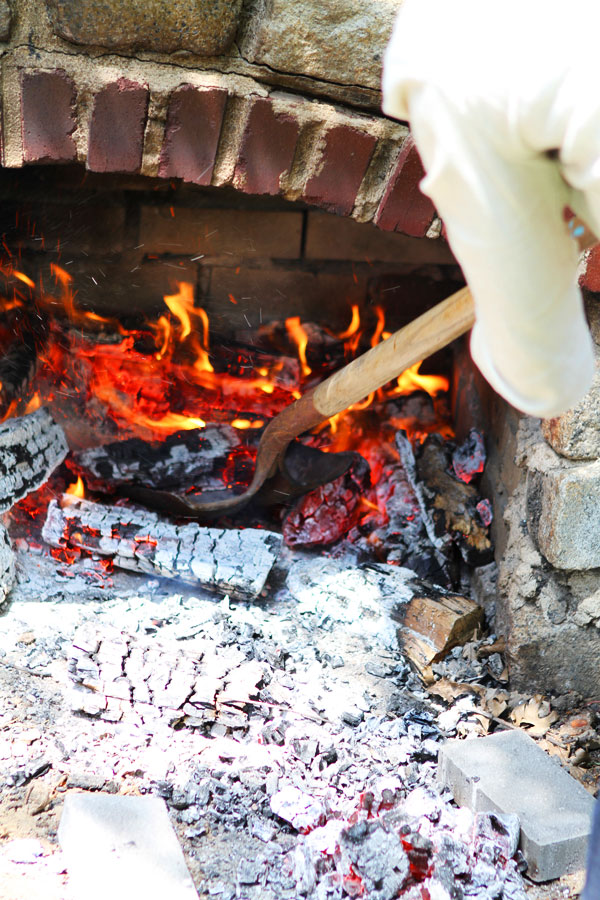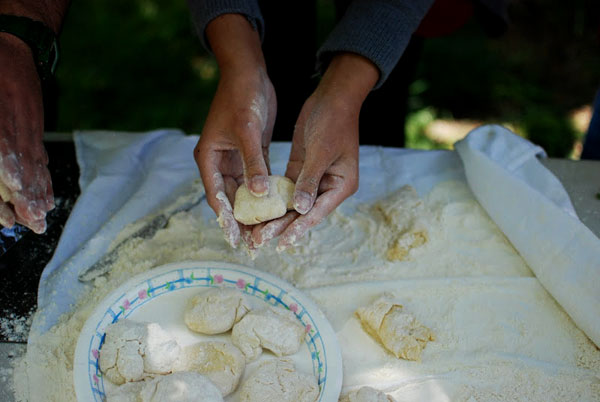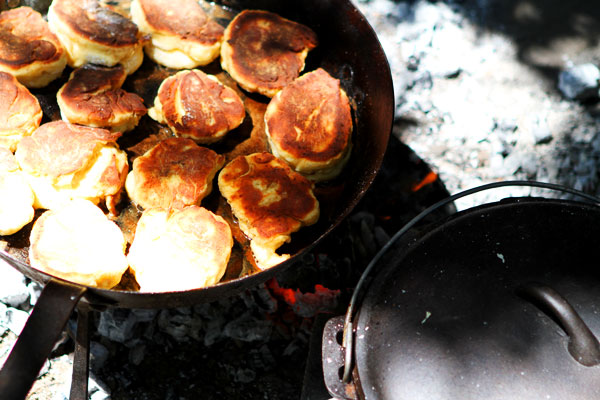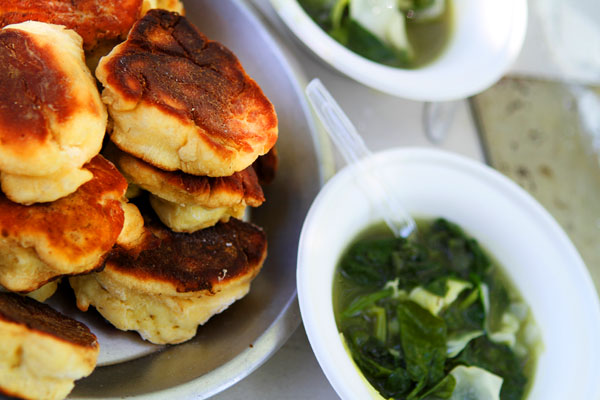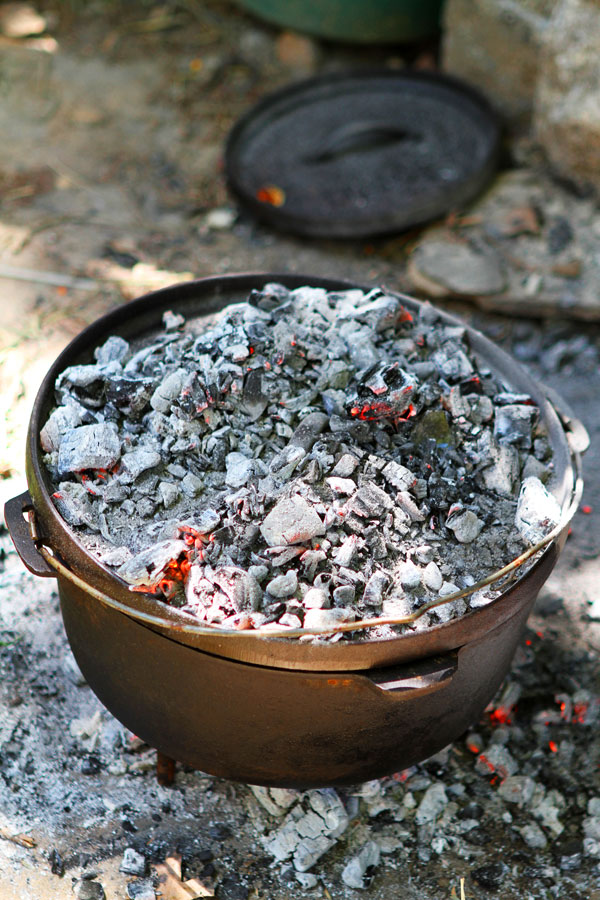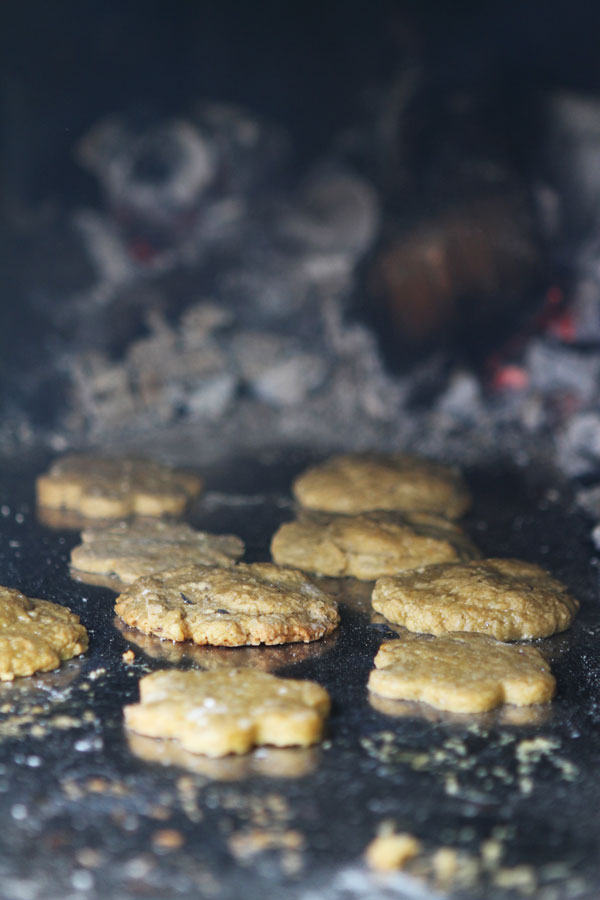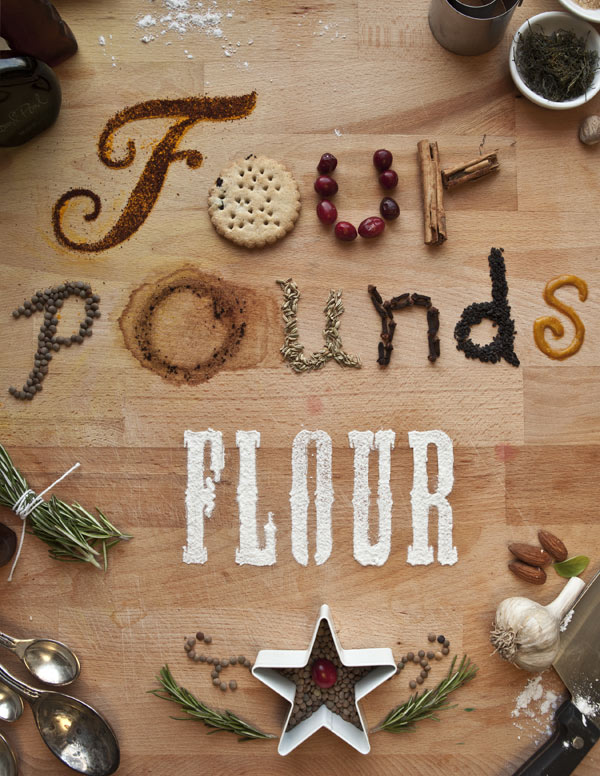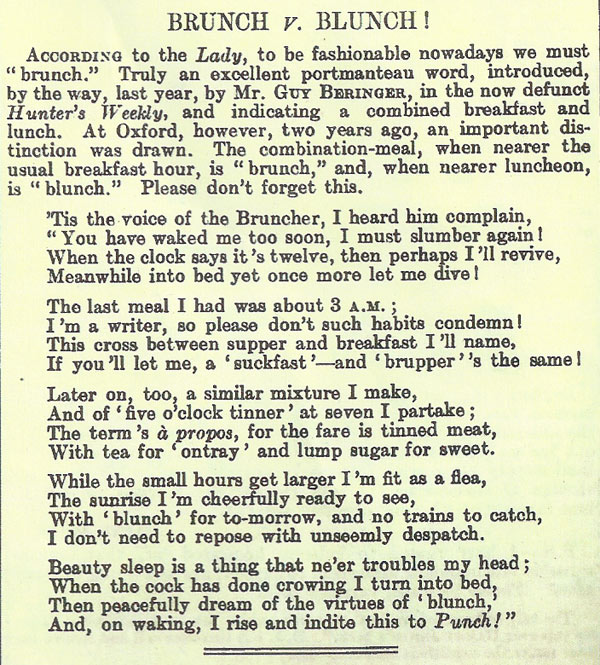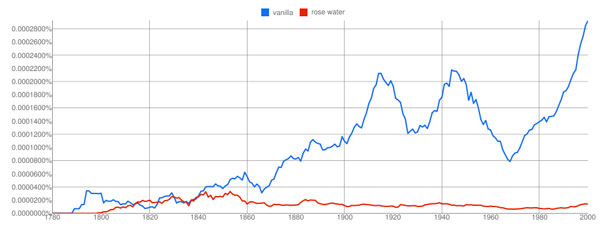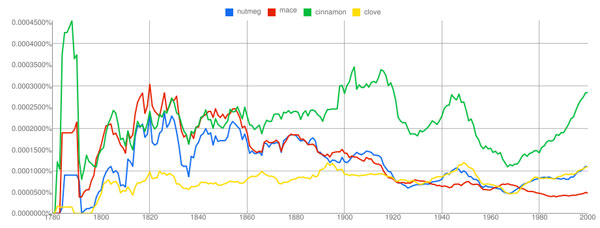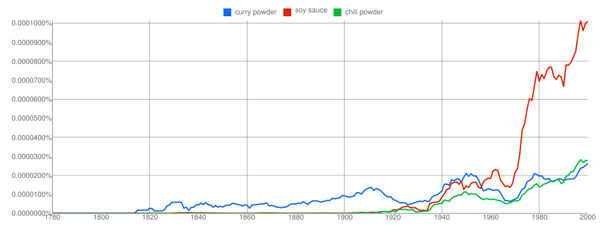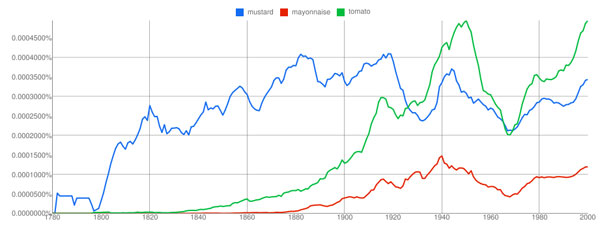
Every stranger from the country, who comes to the city, is astonished at the variety of noises which assail his ears on every side. Instead of the more quiet scenes which he is accustomed to, he now hears the constant rumbling of heavy drays, carts, and carriages over the pavement, and the bawling cries of all sorts of petty traders, and jobbers crying their commodities, or offering their services in the streets… These noisy people all perform important uses in society. They supply wants of the citizens, and earn an honest penny by the exercise of a very humble craft.
The above comes from City Cries, or, A Peep at Scenes in Town by an Observer.  When it was released in 1850, it was designed as a book for juvenile readers, beautiful illustrations combined with short chunks of text, explaining the various city street vendors to someone visiting from the countryside.  Today, this book is an invaluable peep into the past at all the foods and services available in city in the mid-19th century.  Below are just a selection of some of my favorites; all text comes from the original book.  You can read the whole book here.
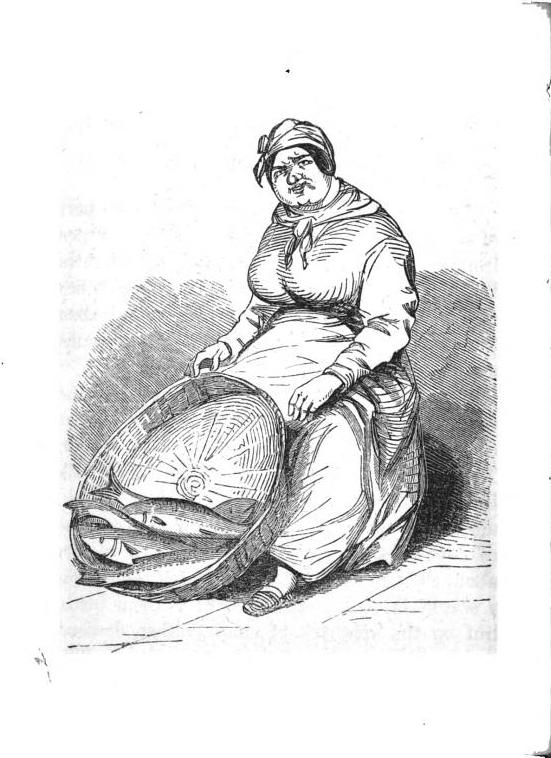
The shad season commences in the latter part of the month of March. The first supply comes from the south, and is sold at a pretty high rate. But not many days elapse before these fishes make their appearance in our rivers, and then the shad women commence their perambulations and cries in the streets.

Here is the old Crab-man, with his wheelbarrow, calling out with might and main, ” Crabs! Crabs alive ! Buy any Crabs ? Here dey are, all alive! Werry nice and fresh!”
But see ! there is a young gentleman who has caught a crab, by just putting his hand among the live contents of Cudjoe’s wheelbarrow; or rather, to speak more accurately, the crab has caught him. See how he “jumps about, and wheels about, and cries Oh ! Oh!”
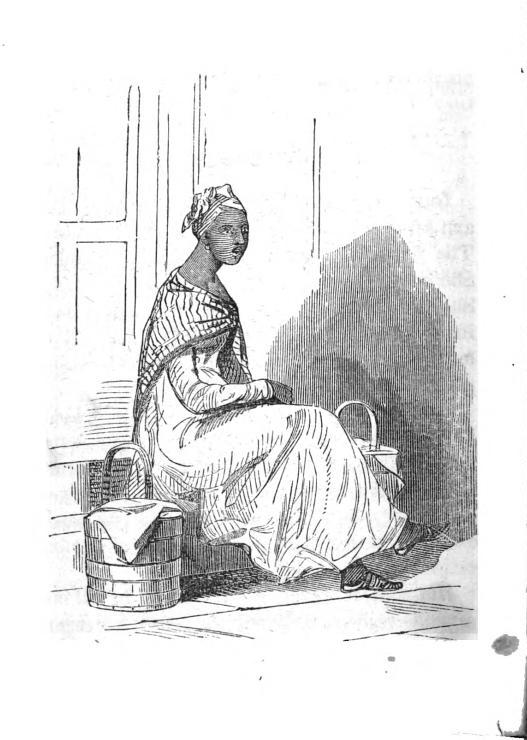
” This, sonny,” she says to a little goldenhaired school-boy, ” this is the real sugar corn; the best in the world: so tender and so sweet; an ear of it is better than the best ice cream you can buy.” So thinks the urchin; and he hands over his pocket-money with the most perfect satisfaction.
Hot-corn, however, we are bound to tell our juvenile readers, is Sometimes rather a dangerous luxury. It is sold in the streets and marketplaces at a season of the year when children are liable to be made sick by the most trifling imprudence in diet. We would, therefore, counsel all our juvenile friends to abstain from dealing with the hot-corn woman at all. Indeed we think that children should do all their eating at home, and at the regular meal-times. Otherwise they are constantly running the risk of severe sickness.
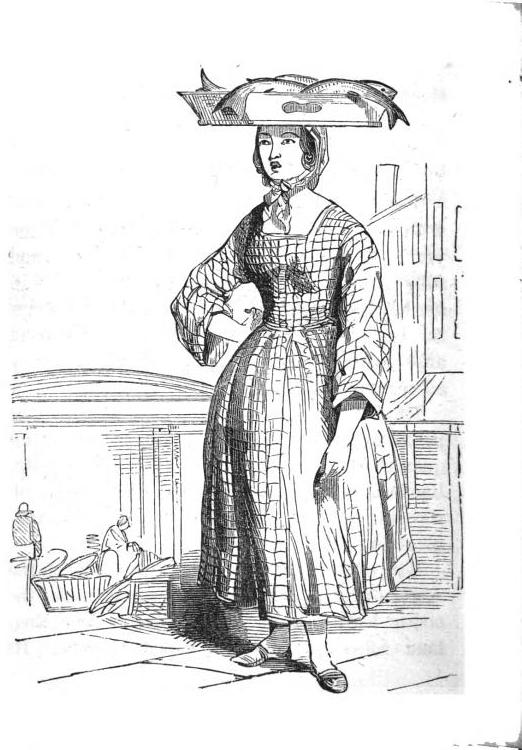
ROCK-FISH! BUY ANY ROCK-FISH?
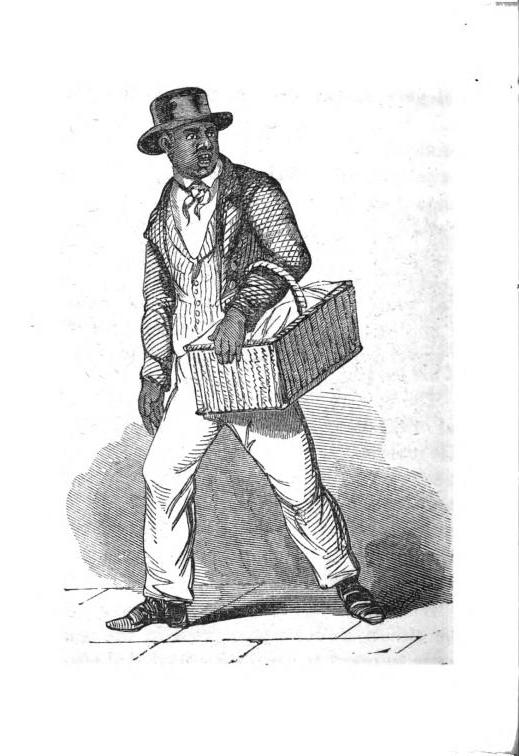
Who has not heard the song of the Hominyman ? Who can tell what are its words ? There is but one verse. It is gabbled over with great rapidity, and the words “Hominy! beautiful Hominy!” occur more than once; but the remaining words are all Greek to the greater part of his hearers.

MUFFINS! HOT MUFFINS!
“ Hark ! there is the muffin-man’s bell! There he comes! I hear his feet pattering on the pavement. Run to the door, Jenny, and buy a dozen muffins to have with our tea, this evening. Here is the money.”
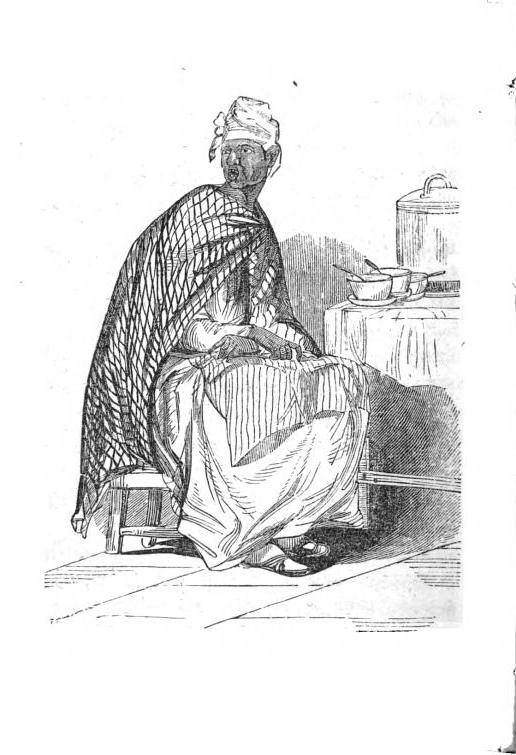
The Pepper-pot woman is not quite so noisy now as she was some twenty years since, when her song might be heard at any hour of the evening, in almost any part of the city:—
“Pepper-pot!
All hot! all hot!
Makee back strong!
Makee live long!
Come buy my Pepper-pot!”
Persons who are curious in gastronomical science, have assured us that it is a horribly hot mixture of tripe and black pepper, with certain other very pungent spices; and that a single spoonful will excoriate the mouth and throat to such a degree as to take away all power of tasting anything else for a month afterwards.
